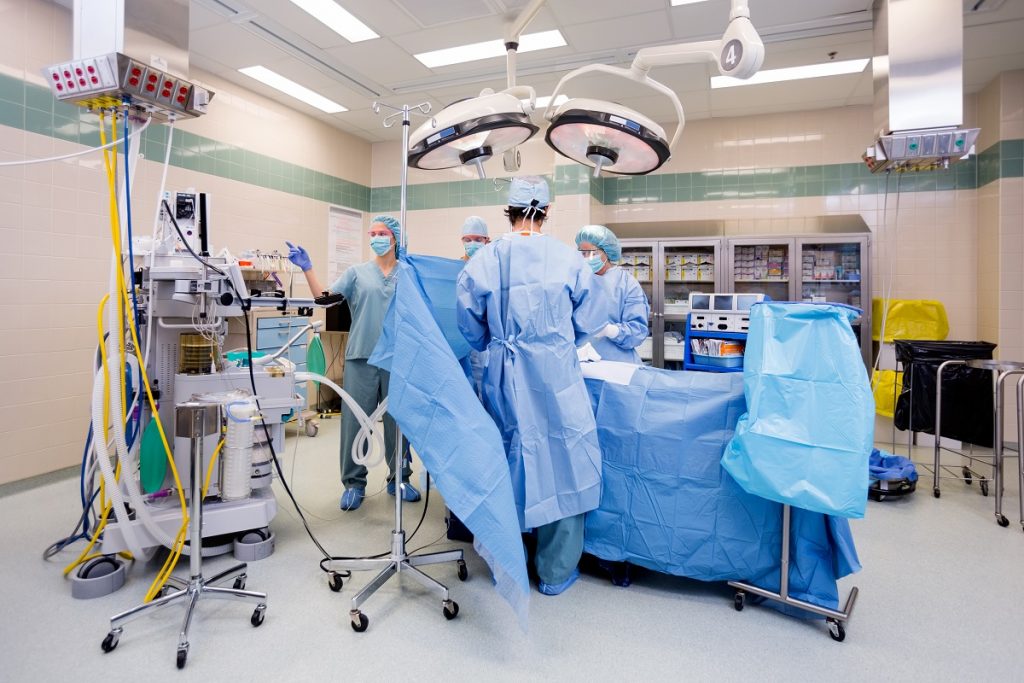 According to the Australian Institute of Health and Welfare, there were 701 public hospitals across the country between 2015 and 2016. These public hospitals have about 61,000 beds, which make up about two-thirds of all hospital beds in Australia. In 2015-16 alone, approximately 10.6 million people were hospitalised and about 25 per cent of these required surgery.
According to the Australian Institute of Health and Welfare, there were 701 public hospitals across the country between 2015 and 2016. These public hospitals have about 61,000 beds, which make up about two-thirds of all hospital beds in Australia. In 2015-16 alone, approximately 10.6 million people were hospitalised and about 25 per cent of these required surgery.
In recent years, hospital design and build in the country have changed tremendously. Modern technologies and building standards have revolutionised the way hospitals are built and operated. However, does hospital design really matter in the overall operations of a healthcare unit? Yes, it does! Here are five reasons why:
Increases Confidence
Notice how hospital lobbies that are well designed and lighted seem to have a confidence-boosting effect on the visitors and patients? Still, that’s not all. If the entire healthcare facility is well-planned, it also increases the confidence of people who work there. Employees who are engaged, confident, and energised do a lot of good.
Improves Safety
People who are admitted to hospitals require care, and that includes ensuring they are safe, not only in their rooms but also in the hallways. Hospitals should be designed and built with the safety of the patients in mind. These include well-lit hallways, installed safety features including handrails for the elderly, and a calming environment that promotes healing.
Increases Overall Efficiency
Hospitals are always very busy—doctors making rounds, nurses attending to patients, visitors making their way. It’s like a marketplace where people are always hurrying off to someplace. If a hospital is well designed, foot traffic is can then be well managed to avoid disruptions and accidents.
Less Supervision
As mentioned above, hospitals are very busy. While there are personnel you can ask and talk to for directions, you can use interior design to help lower your overhead costs. For example, installing signs that are easily read and strategically placed can help remove dependence on people. Visitors can just follow these signs and go on their way without needing to ask the concierge.
Increases Speed
 The nursing stations are probably the busiest hubs in the hospitals, except for the emergency departments, of course. You can use design to help decentralise the nursing stations so nurses can get to their patients and finish their tasks faster. This simple design trick can do a lot of good in improving the hospital’s efficiency and rating.
The nursing stations are probably the busiest hubs in the hospitals, except for the emergency departments, of course. You can use design to help decentralise the nursing stations so nurses can get to their patients and finish their tasks faster. This simple design trick can do a lot of good in improving the hospital’s efficiency and rating.
Improves Cleanliness
Bathroom design can also help improve overall efficiency. For example, placing a bathroom on every floor can help decentralise the traffic inside the facility. Toilets that are strategically placed and maintained help improve the facility’s ratings among patients.
In the end, if you are planning to remodel or build a new healthcare facility, invest in a good design and build because these provide a solid foundation of your business and the healthcare facility’s competitiveness. Designs matter, especially in healthcare where safety and standardisation are paramount. Thus, when you learn to use design to your advantage, the returns are enormous for your business.